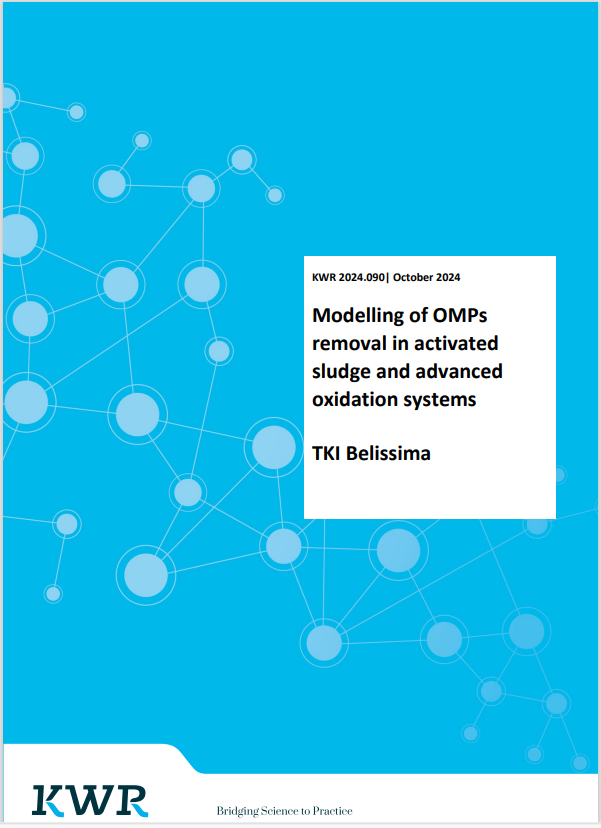
TKI Belissima
The presence of organic micropollutants (OMPs) in wastewater has a major impact on the aquatic environment. Since most of these substances enter the water cycle via the sewage system, wastewater treatment plants (WWTPs) are the central location for the removal of OMPs. Existing WWTPs, mostly relying on conventional activated sludge systems (CAS) provide partial removal of OMPs.
The project TKI Belissima started in 2020 and finished in 2024. The project had a consortium of partners with the following roles:
• Technology partners: Van Remmen UV; and PureBlue water;
• End-users: Waterschap Brabantse Delta; Waterschap Scheldestromen; Waternet; Hoogheemraadschap de Stichtse Rijnlanden; and Aquafin;
• Knowledge institute: KWR water research institute.
In this project we focused on OMP removal in WWTPs, by combining the OMP removal performances of CAS and quaternary level technology. The quaternary level technologies addressed in this project are UV peroxide and Ozone, both classified as Advanced Oxidation Processes (AOP) technologies. Both technology suppliers participating
in TKI Belissima supplied AOP technologies.
The core of the project consists on modelling OMP removal in WWTPs, combining removal of CAS systems with removal in AOP technologies as quaternary treatment. The project was divided into two parts, referring to industrial and fundamental research, on modelling of OMP removal in wastewater treatment (Figure 1). The industrial research focuses on the CAS system modelling and the fundamental research focuses on UV peroxide and Ozone modelling, The fundamental research part also focuses on the combined modelling of CAS and UV or AOP, given their innovative character.
